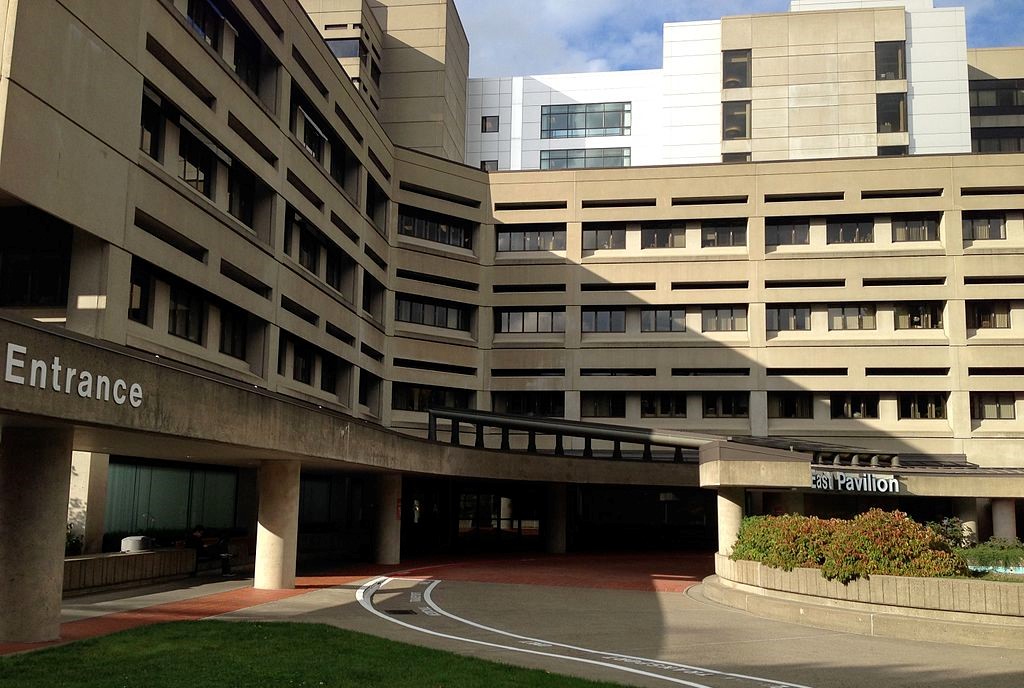OPINION: With federal cuts looming, now is the time for leadership
Published 10:55 am Thursday, July 10, 2025

- Providence operates eight hospitals in Oregon, including Providence St. Vincent Medical Center in Southwest Portland. (Photo courtesy of Providence Health & Services)
On Friday, July 4, President Donald Trump signed the federal budget reconciliation bill — H.R. 1 — into law.
H.R. 1 extends tax cuts that were set to expire at the end of 2025, reduces federal food assistance, cuts funding for state Medicaid programs and institutes policies that are likely to reduce Medicaid coverage.
The legislation’s deep cuts and profound structural changes to Medicaid will drive new conversations about the future of Oregon’s health care system. In the coming days, weeks and months, we must move forward together to shape a health care landscape in this state that will be dramatically different from the one we know today.
Trending
It is likely that you or someone you know is on Medicaid. One in three Oregonians has Medicaid (called the Oregon Health Plan) as their health insurance. If you aren’t one of those Oregonians, you might think the health care provisions in this bill won’t affect you.
But Medicaid policy and budget choices matter to us all, because the health care system is propped up on a shaky foundation that blends private payments with government funding. When Medicaid falters, the structure begins to shake, risking the collapse of the entire system.
Oregon is particularly vulnerable. For years, Oregon has intentionally maximized federal dollars to help fund the Medicaid program and expand insurance coverage. Now, with federal funding slashed, our health care system — already burdened by prescriptive and burdensome regulations, rising expenses and payment that has not kept up with the cost of care — is at serious risk.
Oregon’s health care system cannot absorb the cuts in H.R. 1 without significant disruption, and the results may be painful: service cuts, hospital and facility closures, longer wait times and reduced access to insurance. As a state, we have hard choices to make. Now is the time for leadership.
Some observations:
- State Medicaid policy matters, but never more now than today. State policy and budget choices may mean the difference between having providers and hospitals in communities or not having them.
- It’s time to go back to basics. With declining resources, we must focus our resources on the most important services. But what health care services are the most important? And how do we make those decisions?
- Regulatory relief is a necessity, and innovation is key. The state and federal regulatory environment is a barrier to innovation and cost containment. The decisions ahead will require us to revisit the dollars we are spending that do not impact patient care.
- Providers are going to have to do hard things to survive. It’s painful in any community when a service closes, but if hospitals don’t reduce services, they may not be around at all. That is the reality many of our communities and their hospitals face.
- In this environment, we must find structural cost savings. The multi-payer U.S. health care system results in significant resources spent on administrative costs. This includes the administrative cost of insurance, pharmacy benefit managers and others that don’t directly deliver care. With fewer resources, we need to direct as much of the health care dollar toward patient care as possible. This may mean revisiting some of the assumptions we’ve made about our current system, necessitating a new vision for health care and the political will to execute on that vision.
The decisions we face are wrenching. But health care stakeholders and policymakers now have an obligation to come together to navigate this new world. That will mean shared commitment and shared sacrifice. But perhaps, in this moment, we can redesign our broken system and find a better path forward.
Trending
Becky Hultberg is the president and CEO of the Hospital Association of Oregon.







